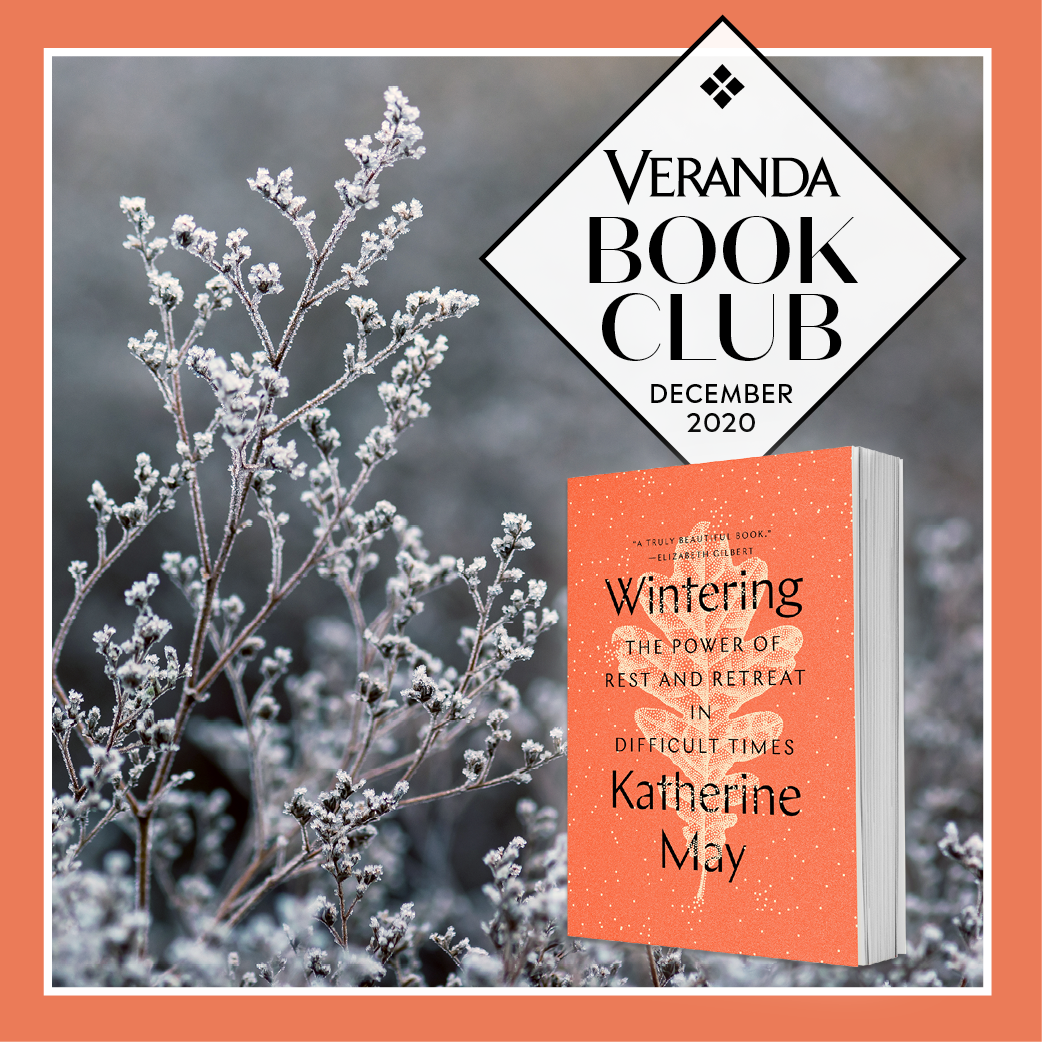
Just as the one-eyed merchant, seller of currants, melts into the Phoenician Sailor, and the latter is not wholly distinct from Ferdinand Prince of Naples, so all the women are one woman, and the two sexes meet in Tiresias.

In his endnotes, Eliot explained, “Tiresias, although a mere spectator and not indeed a ‘character,’ is yet the most important personage in the poem, uniting all the rest. In addition to his gift of prophecy, he is known for his sexual transformation from man to woman (as a punishment from Hera, the queen of the Greek gods). I Tiresias Tiresias In Greek mythology, Tiresias is a blind seer from Thebes. Cities are built out of the ruins of previous cities, as The Waste Land is built out of the remains of older poems.”, where the sun beats,

Hugh Kenner, one of the great scholars of Modernism, explained this element well, arguing how the line evokes: “the manner in which Shakespeare, Homer, and the drawings of Michelangelo, Raphael, and the Magdalenian draughtsmen coexist in the contemporary cultivated consciousness: fragments, familiar quotations: poluphloisboio thalasse, to be or not to be, undo this button, one touch of nature, etc. A heap of broken images A heap of broken images Eliot’s endnotes for the poem connect the following line to Ecclesiastes 12:5: “Also when they shall be afraid of that which is high, and fears shall be in the way, and the almond tree shall flourish, and the grasshopper shall be a burden, and desire shall fail: because man goeth to his long home, and the mourners go about the streets.” But it also resembles Ezekiel 6:4: “And your images shall be broken.” Though the “heap of broken images” is one of many depictions of post-war decay in the poem, it can also be taken more generally as a metaphor for how present consciousness consumes past culture.


 0 kommentar(er)
0 kommentar(er)
